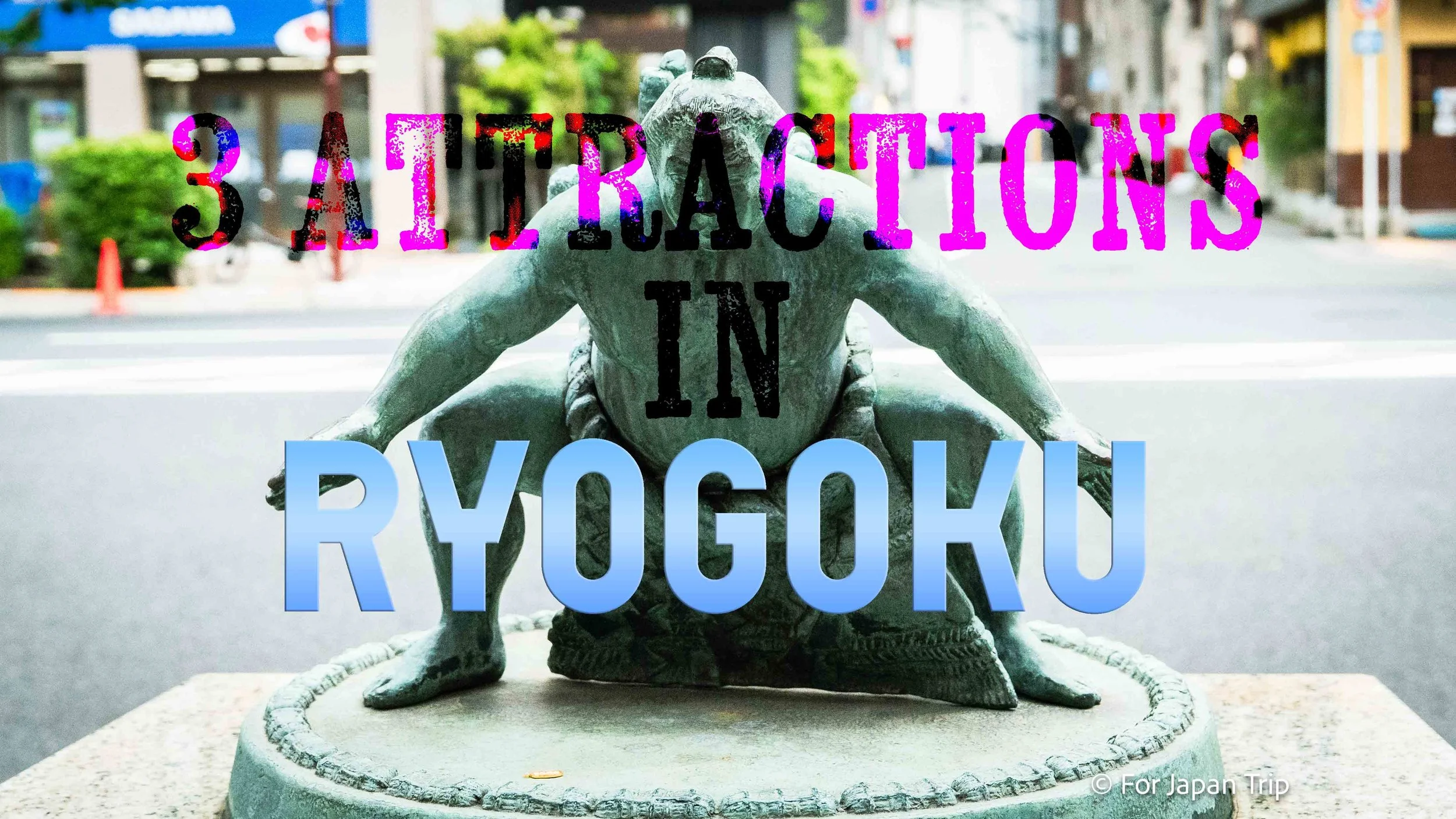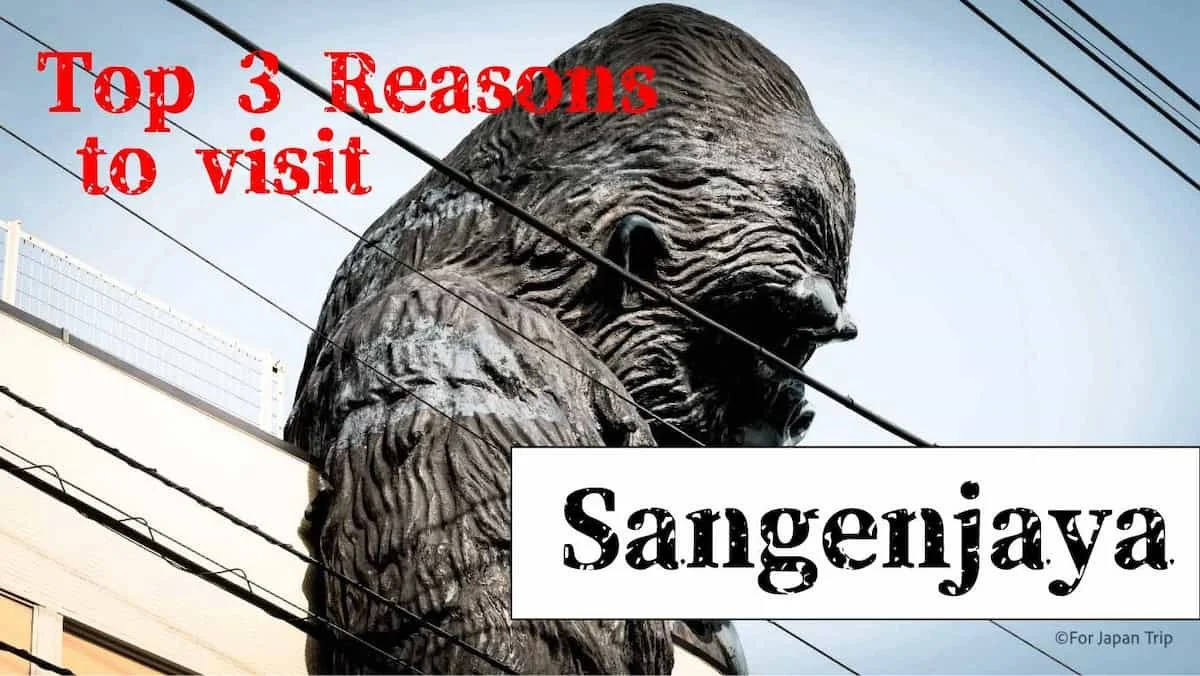3) Feel "The Spirit Embodied in Tokyo Budokan " (Story of Tokyo Budokan)
There are two "Budokan" (Martial Arts Halls) in Tokyo. One is the Nippon Budokan, located in Kitanomaru Park in Chiyoda city.
The original purpose of constructing the Nippon Budokan was to promote traditional Japanese martial arts, to encourage the cultivation of body and mind through Budo, and to contribute to national development, world peace, and human welfare.
Budo refers to a systematized form of traditional Japanese martial arts that includes spiritual and moral training. It is not merely about fighting techniques but emphasizes physical discipline and character development. Examples include judo and kendo, in which practitioners also learn respect for opponents and proper etiquette.
For this reason, both in the past and present, various Budo competitions—such as judo tournaments—are held there, attracting many visitors. The building’s exterior is said to be modeled after the Yumedono (Hall of Dreams) of Horyu-ji Temple, and its sweeping roof, reminiscent of Mt. Fuji's foothills, gives it a highly symbolic appearance.
The other Budokan in Tokyo is the Tokyo Budokan, a metropolitan martial arts and sports facility located in Ayase, Adachi Ward. Like its counterpart, it was established to promote and spread Budo. Tokyo Budokan is one of Japan’s premier facilities and frequently hosts student-centered martial arts competitions.
But Tokyo Budokan is not merely a sports facility. Embedded within it is a deep philosophical exploration of Budo as a cultural art form and a strong intent to create an artistic space that embodies that spirit.
During the planning phase for Tokyo Budokan, multiple architects presented proposals to a selection committee. The architect Kijo Rokkaku, who was finally chosen, recalls being asked three fundamental questions by the committee:
How will your facility harmonize with the surrounding environment?
How will it serve as a symbolic landmark for the community?
How do you understand Budo from a cultural perspective?
The final question proved the most difficult. Rokkaku answered:
“Budo is not a sport—it belongs to the realm of art.”
When designing the Budokan, Rokkaku questioned what kind of space could truly reflect the essence of Budo. He focused not on creating a mere sports venue but on capturing the artistic quality of Budo itself.
Budo fundamentally differs from other sports. It is not merely physical training but has educational, spiritual, and cultural significance. It is closely tied to daily life. According to Rokkaku, Budo is not just the preservation of tradition but a cultural memory encoded in human beings, passed down and amplified through generations of practitioners.
Thus, Tokyo Budokan was designed to accommodate this unique cultural depth—not just as a facility to be used, but as an architectural space that resonates with the human spirit and remains in memory—a “cultural magnet” that silently moves and inspires those who stand within it.
Symbolism Through Rhombus Panels and "Unkai Sanjin"
The building also rejects conventional architectural styles. Traditional Budokan architecture has often drawn inspiration from samurai residences, temples, shrines, and castles, characterized by heavy timber structures and massive roofs. Instead of relying on such conventional symbols, Rokkaku sought a new aesthetic origin in the idea of “Unkai Sanjin” (Hermit of the Sea of Clouds).
This concept represents a uniquely Japanese view of nature—mountains, seas, clouds, sky, and flowing water—and how these elements resonate with human spirit and culture.
With this philosophy, the building’s form is constructed from rhombus-shaped panels, layered like a molecular structure to resemble a mountain. These metallic panels change appearance depending on the angle of sunlight, shifting color throughout the day and giving the impression that the building is “alive.”
The Five Elements: Earth, Water, Fire, Wind, Sky
Scattered throughout the grounds are monuments representing the five great elements—Earth, Water, Fire, Wind, and Sky. These are not isolated sculptures but are organically connected to the space as a whole. They unite nature and spirit, Budo and art, people and place. Together with the architecture, these monuments create a harmonious landscape. The space is not a static structure but one whose meaning transforms with time, light, and the inner state of each visitor.
The site of Tokyo Budokan was originally a low-lying wetland called Hasunuma, with weak ground conditions and surrounded by residential neighborhoods. In addition, the facility needed to integrate with a 3-kilometer-long horseshoe-shaped public park stretching from nearby Ayase Station. To harmonize with the urban context, Rokkaku introduced open decks and accessible spaces. The Budokan was designed not just for martial artists but to serve the local community—a public space embraced by everyday residents.
A Space That Remains in Memory
The countless rhombus-shaped panels generate an architectural form that seems to emit energy like a magnetic field, drawing in something unseen. The space is designed to communicate with the spiritual core of Budo and tap into deep, ancestral human memories.
Tokyo Budokan is not merely a training hall—it is a vessel of Budo, where culture, art, spirit, and nature converge. It will continue to speak quietly to the hearts of all who visit, using Budo as its medium of expression.
Recommended Area






